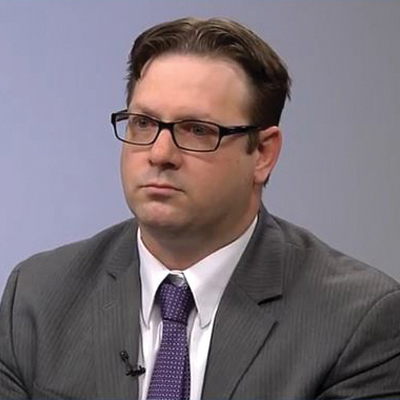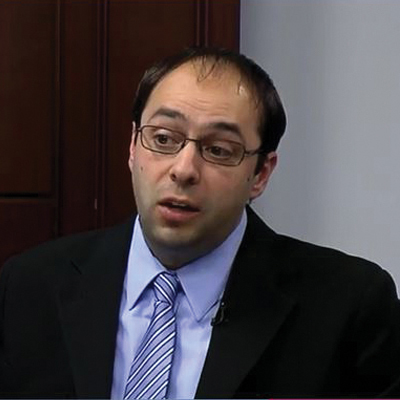What AM Best Says
Time to Grow
AM Best analysts discuss the challenges facing fraternals including the need to increase membership and a competitive middle market landscape.

David Marek
Many market participants in the fraternal segment of the U.S. life insurance industry are struggling to stay relevant given their limited financial resources, and difficulties in growing membership according to a new AM Best Market Segment Report, U.S. Fraternals Face a Difficult Growth Environment.
Edward Kohlberg, director, and David Marek, financial analyst, discussed highlights of the report with AMBestTV.
Following is an edited transcript of the interview.
Why have fraternals struggled to grow membership, and what can be done about it?
Marek: There are several reasons that fraternals have struggled. The first being a lot of them participate in the middle market, which is highly competitive for both fraternals and nonfraternals. Additionally, there's a shrinking consumer wallet due to economic constraints. Additionally, younger generations are waiting until longer to start families, and to have children.
As a result of this, it's more challenging for them, and taking longer for them to enter the insurance markets. Lastly, younger generations prefer to socialize online as opposed to socializing at a chapter or a lodge. I think what fraternals can do to grow membership is to utilize social media to get the social benefits of their companies out as well as educate the consumer on their products.
Additionally, they can provide simplified products which makes it easier for the consumer to purchase, as well as streamline the underwriting processes.
The report notes that demographic shifts may favor fraternals, from a social consciousness perspective, but there's an age-old problem and that has to do with reaching younger generations. How do you see this playing out?
Kohlberg: You can certainly see how there's an alignment between fraternal organizations and younger generations which tend to be more social-minded. We meet with many fraternal organizations and they like to demonstrate to us, or show us videos, or hand out pamphlets, showing all of the good community work that they do.
There are many younger individuals, and even some older individuals that are becoming more socially conscious and would like to participate in these sorts of events. What can be done is a fraternal certainly can leverage this and educate consumers about the importance of life insurance and what a fraternal organization can do for them. I could see this playing out a few ways besides just educating the consumer, utilizing different distribution strategies, utilizing technology.
In 2019, we saw two fraternal organizations do a joint venture together to utilize technology to expand their marketing presence. A benefit could also be fraternal organizations merging together to improve the economies of scale. This is a challenge, though, because fraternal organizations, different ones, tend to have fraternal charters that might not align together. It could be beneficial, but there's challenges in that happening.

The challenge again is growing the premiums to new premiums to offset the decrease in runoff renewal premiums.
Edward Kohlberg
AM Best
Now despite the membership struggles, fraternals have improved their operating results. Can you discuss the dynamic from a rating perspective, given the premium growth challenges?
Kohlberg: For a ratings basis, we rate companies on a company-by-company basis. Some companies are performing better than others. When it comes to the operating earnings for the whole industry in total, it's really being driven by the three or four largest fraternal companies which make up the vast majority of the premiums and earnings for the industry.
We did see operating earnings increase for the industry from 2017 to 2018. That's mainly driven by Thrivent, and premiums have been flat to declining a bit for the industry. That large organization Thrivent did decrease their annuity sales as they looked to focus more on ordinary life.
Again, we evaluate that on a company-by-company basis. Some have been more successful than others, but when you look at operating performance for certain companies, these fraternal organizations have been around for a long time, and they have very large in-force books of business that continue to run off.
As they run off, this will generate earnings for the organization. The challenge again is growing the premiums to new premiums to offset the decrease in runoff renewal premiums.
The industry is lobbying Congress to affirm its tax exempt status. What would losing that status mean for the fraternals?
Marek: I think there's very little threat of them losing their tax exemption. That said, the Fraternal Alliance and the fraternal companies continue to lobby Congress just to spread the word as to the benefits that they're providing to the communities and the nation as a whole. If they lost their tax benefits, it would be different company-to-company.
The larger companies, for example, would be more likely to be able to take on a different business model and continue to prosper, while the smaller companies would lose the benefits that are embedded in their product related to their fraternal societies and put more stress on their businesses.



























